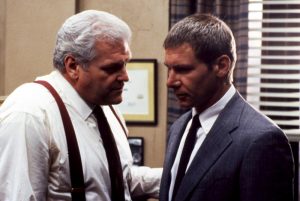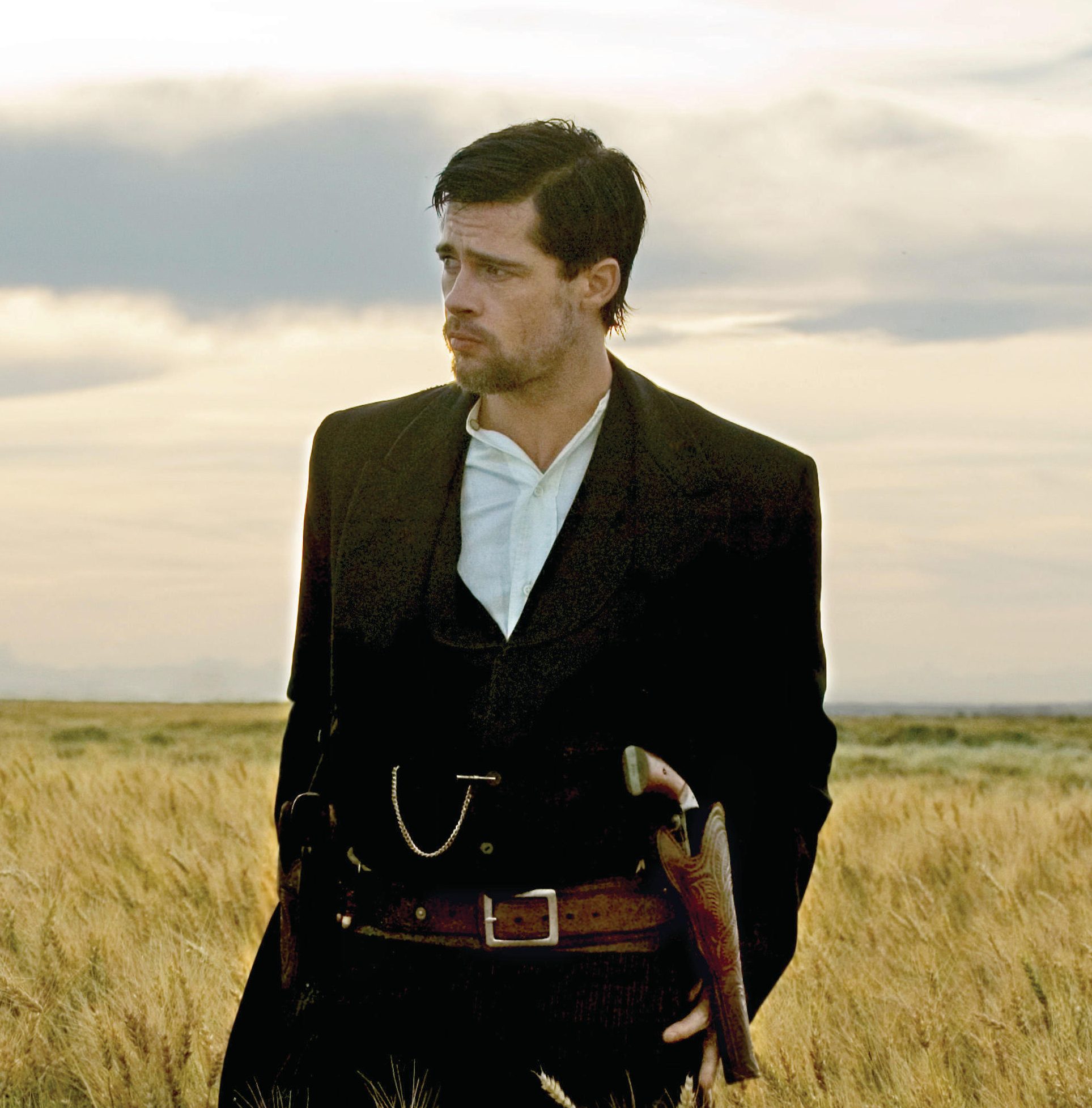A Look at Masterful Character Description Part 3
Character description is a crucial part of fiction, yet, it appears that few writers give it much attention. And that’s a shame. What I’m hoping to emphasize in this long series on masterful writing is to drive home this truth: every word matters. (If you’ve missed the last two posts, start with this one here.)
While gushing in a first draft, we will often write the first things that come to mind, and those things are often cliché, boring, overused, and unimaginative. This is particularly seen in our descriptions of characters and setting.
If you need to write that way just to get your scene sketched in, that’s fine. Just don’t settle for sloppy or blah description because you think that’s the best you can do. It’s not.
I get the feeling, when reading some novels, that the writer just wants to “get it over with”—meaning, the description of whatever—as if the task were akin to enduring a dentist’s probing for cavities.
Which makes me ask: Why are you bothering to write fiction at all if you don’t want to take the time to write masterfully?
Everything we do should reflect our best effort, the apex of our talent, skill, practice, and creativity.
To learn to write masterfully, study the masters. If you want to paint like Renoir, you’ll set up your easel at the Louvre and spend hours, days, weeks, in front of his paintings and attempt to re-create his masterpieces as best you can. That’s how you learn to paint like Renoir.
While you may not want to write exactly like Stephen King or Suzanne Collins, if you want your books to sit alongside best sellers in your targeted genre, you need to do your homework.
I highly encourage you to keep a notebook (or many) and write down words and phrases and passages that are masterfully crafted. No, this is not plagiarism! It’s homework. Try writing similarly structured paragraphs as those you admire.
This week I want to share opening descriptions of two novels that I love. The first is Scott Turow’s Presumed Innocent, which is one of my favorite legal thrillers. Turow is adept at character description, and his story, interestingly, starts off with his POV character, Rusty (first person), describing his boss and mentor, Chief Prosecuting Attorney Ray Horgan, as they head out to the funeral of a murdered colleague (which sets up the premise: Rusty will be accused of the murder).
Note how, instead of giving that laundry list of characteristics, Turow brings out the description via the action, which is the best way to do so in a thriller. Note what you learn about Ray from this description.
“I should feel sorrier,” Raymond Horgan says.
I wonder at first if he is talking about the eulogy he is going to deliver. He has just looked over his notes again and is returning two index cards to the breast pocket of his blue serge suit. But when I catch his expressions I recognize that his remark was personal. From the rear seat of the county’s Buick, he stares through the auto window toward the traffic thickening as we approach the South End. His look has taken on a meditative cast. As I watch him, it strikes me that this pose would have been effective as The Picture for this year’s campaign: Raymond’s thick features fixed in an aspect of solemnity, courage, and a trace of sorrow. He shows something of the stoic air of this sometimes sad metropolis, like the soiled bricks and tarpaper roofs of this part of town.
It is a commonplace among those working around Raymond to say he does not look well. Twenty months ago he split with Ann, his wife of thirty years. He has picked up weight and a perpetual grimness of expression which suggests he has finally reached that time of life when he now believes that many painful things will not improve. . . .
At this point Cody, the thirty-year copper who is living out his last days on the force by driving Raymond’s county car, breaks into the conversation from the front seat. Cody has been unusually quiet today, sparing us the customary reverie about the bum deals and good pinches he has witnessed in gross on most city avenues. Unlike Raymond—or, for that matter, me—he has no difficulty bringing himself to sorrow. He appears to have been without sleep, which gives his face an edge of roughened grief.
We learn a lot about Raymo nd in this opening, but not much about Rusty, the POV character. But this is deliberately done, for while the flurry and attention swirls around Rusty, as if not touching him, over the pages of the novel, we gradually learn just how deeply he was involved with the murder victim.
nd in this opening, but not much about Rusty, the POV character. But this is deliberately done, for while the flurry and attention swirls around Rusty, as if not touching him, over the pages of the novel, we gradually learn just how deeply he was involved with the murder victim.
These bits we learn about Raymond in this first scene help set the stage for the relationship between him and Rusty, for how that plays out is an important dynamic of tension and intrigue in the story.
This reminds me of another fabulous novel opening. In The Constant Gardener, the story begins not with Justin Quayle, the husband of the murdered Tessa, but Sandy Woodrow, Quayle’s boss, as he learns the news and reacts. It will fall on him to tell Justin. And the choice of starting with Woodrow’s character is brilliant—because he holds dark secrets that involve Justin’s wife and impact the investigation.
The second example I want to share today is from the novel The Assassination of Jesse James by the Coward Robert Ford by Ron Hansen. It’s hard to believe this book is a novel, for it reads like a nonfiction biography. The writing is exquisite, and I will be sharing a lot of excerpts from this novel in upcoming posts—to highlight Hansen’s amazing word-crafting. (And if you love audiobooks, try listening to this one!)
In defiance of the usual advice to avoid “telling” instead of “showing,” Hansen spends pages (yes, pages) at the start of the novel describing Jesse James. But because this novel is meant to have the feel of a biography, Hansen masterfully lays out this fascinating description of the outlaw using run-on sentences (and you can get away with doing something like this if you can write this masterfully).
Take a look at just some of this description.
He was growing into middle age and was living then in a bungalow on Woodland Avenue. . . . Whenever he walked about the house, he carried several newspapers . . . with a foot-long .44 caliber pistol tucked into a fold. He stuffed flat pencils into his pockets. He played by flipping peanuts to squirrels. He braided yellow dandelions into his wife’s yellow hair. He practiced out-of-the-body travel, precognition, sorcery. He sucked raw egg yolks out of their shells and ate grass when sick, like a dog. He would flop open the limp Holy Bible that had belonged to his father, the later Reverend Robert S. James, and would contemplate whichever verses he chanced upon, getting privileged messages from each. . . .
He scoured for nightcrawlers after earth-battering rains and flipped them into manure pails until he could chop them into writhing sections and sprinkle them over his garden patch. He recorded sales and trends at the stock exchange but squandered much of his capital on madcap speculation. He conjectured about foreign relations, justified himself with indignant letters, derided Eastern financiers, seeded tobacco shops and saloons with preposterous gossip about the kitchens of Persian, the Queen of England, the marriage rites of the Latter Day Saints. He was a faulty judge of character, a prevaricator, a child at heart. He went everywhere unrecognized and lunched with Kansas City shopkeepers and merchants, calling himself a cattleman or commodities investor, someone rich and leisured who had the common touch.
He was born Jesse Woodson James on September 5th, 1847 . . . He stood five feet eight inches tall, weighed one hundred fifty-five pounds, and was vain about his physique. Each afternoon he exercised with weighted yellow pins in his barn, his back bare, his suspenders down, two holsters crossed and slung low. He bent horseshoes, he lifted a surrey twenty times from a squat, he chopped wood until it pulverized, he drank vegetable juices and potions. He scraped his sweat off with a butter knife, he dunked his head, at morning, in a horse water bucket, he waded barefoot through the lank backyard grass with his six-year-old son hunched on his shoulders and with his trousers rolled up to his knees, snagging garter snakes with his toes and gently letting them go.
And on and on it goes for three pages until the story then starts on September 5th, 1881, when he was thirty-four years old.
 Writers are told to begin with their protagonist and not start off with secondary characters, yet we see in novels like Presumed Innocent and The Constant Gardener scenes focusing on a secondary character who will play an important relational role in the novel.
Writers are told to begin with their protagonist and not start off with secondary characters, yet we see in novels like Presumed Innocent and The Constant Gardener scenes focusing on a secondary character who will play an important relational role in the novel.
We’re also told not to go on for pages “telling” what a character is like, yet we see Hansen lay out an intriguing portrait of this infamous person in history, such that, by the time we’ve read the first few pages of this novel, we feel we know James intimately, as if we’ve been stalking him and peeking in on the private moments in his life. In doing this, Hansen creates an intimacy with Jesse James from the get-go that readers wouldn’t have had if he’d started in with “showing” the action that immediately follows. And that intimacy bonds the reader with the character, if not inspiring empathy then at least sparking curiosity.
Perhaps these examples will get you thinking about your novel’s opening and the way you introduce your characters. Thoughts on these passages?












It seems as though they are describing but still moving the story forward. To write like this would be great. This is a lot better than just a boring laundry list of physical attributes that I was taught when I began learning how to write. Thanks for sharing. As a reader , I think we want to picture the character with our own imagination, so learning to describe inner thoughts, attitudes, and actions is great. This shows me more about the character than knowing that he had wavy hair and blue eyes. Thanks.
Jim
You’re absolutely right that every word in a character description matters. The choices an author makes in terms of diction, imagery, and level of detail can have a significant impact on the reader’s experience and understanding of the characters’ shell shockers.